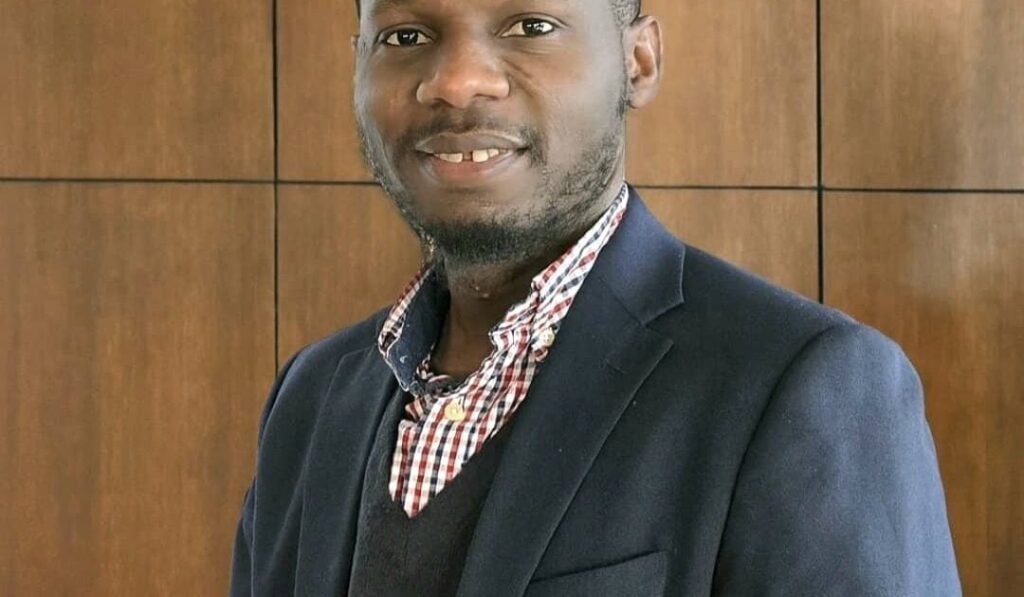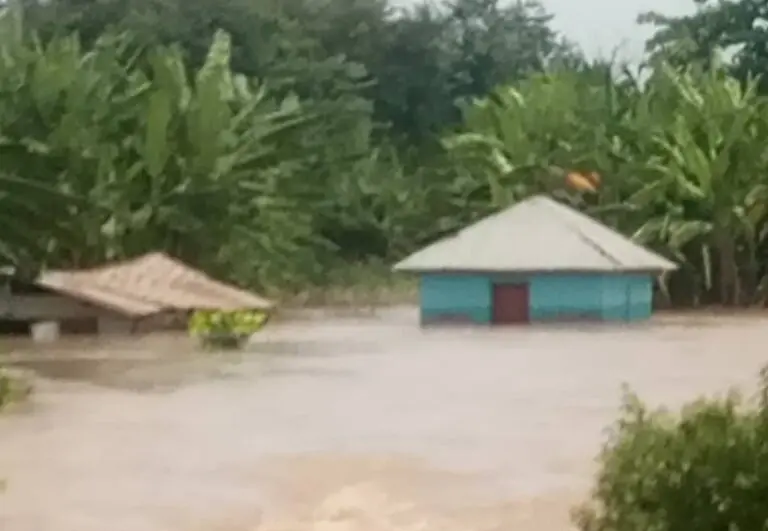The Federal Government has been urged to invest heavily in early damage prediction models to enhance safety and extend the lifespan of infrastructure in the country.
In a statement to The PUNCH, a Nigerian civil engineer and University of Georgia doctoral researcher, Ibrahim Raheem, said predictive models are key for how bridges are managed and maintained, urging transportation agencies to adopt early damage prediction models to enhance safety.
Raheem’s early engineering experience includes major public infrastructure projects in Nigeria, such as a bridge project in Lagos.
These complex structural efforts grounded him in the realities of field implementation.
“This journey has shaped my belief that true engineering resilience must blend field-tested pragmatism with cutting-edge research.
“Developing nations teach you to solve problems creatively with limited resources. Advanced economies challenge you to refine those solutions with data and simulation,” Raheem said.
As global challenges like climate risk and urban growth evolve, he believes engineers must increasingly think across borders.
“I hope to continue using my multidisciplinary and multicultural experience to advance structural resilience in both developed and developing contexts.”
“I believe that where you begin should never limit how far you can go. My path from field sites in Nigeria to university labs in Japan and bridge inspections in the United States has been driven by a commitment to protect people through better infrastructure. Resilience is not just a design goal; it’s a mindset that connects communities across the world.
“That work taught me precision and the global relevance of earthquake engineering,” he said.
His most recent milestone: developing an adaptive learning framework to detect and classify distress in bridge bent caps, a critical structural element that supports bridge spans.
This research, recently accepted for publication in a high-impact journal, the American Society of Civil Engineers Journal of Performance of Constructed Facilities, integrates field inspection data with nonlinear simulations to support proactive bridge maintenance.
Raheem will present this pioneering work to American Concrete Institute industry experts at the Georgia ACI Luncheon in December 2025, where he will share insights on how data-driven modelling can enhance the resilience and longevity of concrete bridge structures.


















